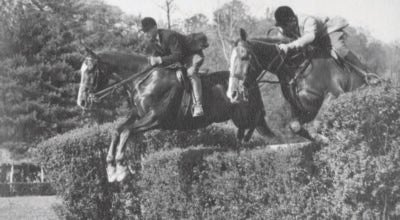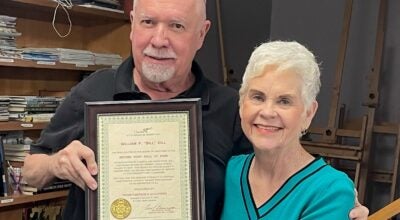Instruments and songs of Elizabethan England presented by FMC
Published 11:35 pm Thursday, April 11, 2013
During the reign of Elizabeth I (1558-1603), music assumed a prominent role in the lives of all Englishmen. Everyone, regardless of social status, read music at sight and performed vocally and on various instruments. April 16 will be a fine example of this.
It is not at all surprising that Elizabeth herself excelled in singing, dancing, and playing musical instruments. Her father, Henry VIII, as well as being known for his six wives, was recognized as an accomplished musician and composer.
The most popular instruments during this English Renaissance period were the lute, one of the forerunners of the modern guitar; the recorder and other wind instruments such as the krummhorn; a variety of keyboard instruments including the clavichord, harpsichord, and virginals; bowed instruments such as the rebec, a forerunner of the violin, and the viola da gamba.
The madrigal was the most popular form of secular vocal music. It is a complex polyphonic unaccompanied vocal piece generally for two to six voices. Vocal, as well as instrumental counterpoint compositions, were often quite intricate with different parts interweaving their melody lines.
Some of the most well-known composers of the time were Thomas Morley, known for his madrigals; William Byrd who wrote primarily for the virginals; and John Dowland, the foremost lute composer of the day.
Attesting to the lasting quality of the music of this period are the many Renaissance Faires that take place regularly throughout the world and the frequent inclusion of these works in concerts of all kinds.
You will see and hear most of the above, including a Foothills Music Club (FMC) member’s harpsichord, which will be moved right into Lanier Library for the occasion. Come to FMC’s own version of a Renaissance Faire on Thursday, April 16 at noon. The “programme” is of no charge to the public.
– article by Jeanette Comer and Ellen Harvey Zipf





